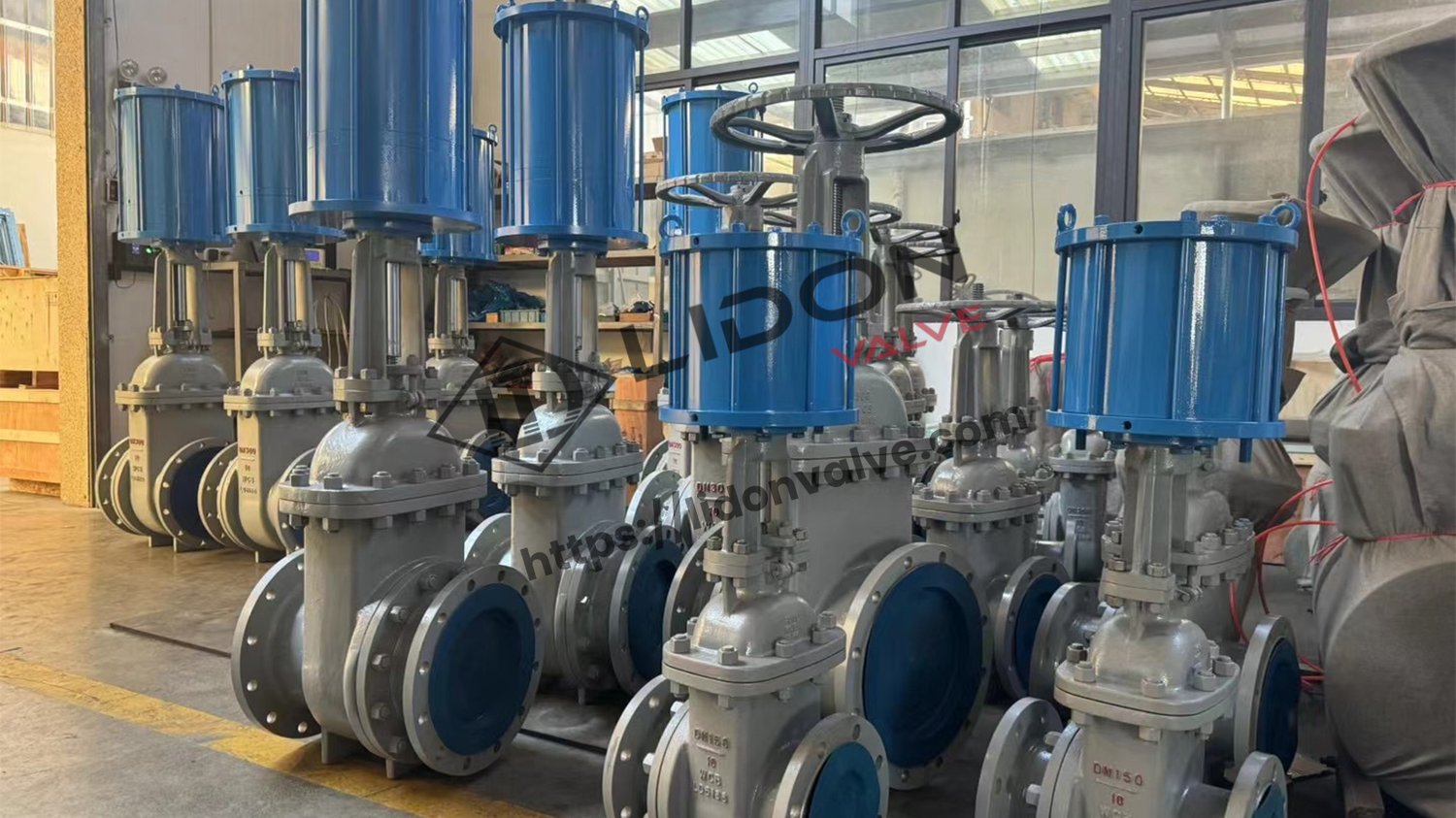Which is Better: Swing Valve or Check Valve?
A swing valve and a check valve are two common types of valves used in various applications. While both valves serve the purpose of controlling the flow of fluids, they have distinct features and advantages. In this article, we will compare swing valves and check valves to determine which one is better suited for different scenarios.
1. Understanding Swing Valves
Swing valves, also known as flap valves, are a type of quarter-turn valve that uses a disc or flap to control the flow of fluids. The disc swings open or closed on a hinge, allowing or blocking the passage of fluids. Swing valves are commonly used in applications where a full-bore flow is required.
2. Exploring Check Valves
Check valves, also referred to as non-return valves or one-way valves, are designed to allow fluid flow in only one direction. These valves use a disc or a ball that moves away from the valve seat when the fluid flows in the desired direction. When the flow reverses, the disc or ball returns to its seat, preventing backflow. Check valves are widely used in applications where preventing backflow is crucial.
3. Flow Efficiency
When it comes to flow efficiency, swing valves tend to offer better performance. The disc in a swing valve swings freely, allowing for a full-bore flow with minimal resistance. On the other hand, check valves have a smaller flow area due to the presence of a disc or ball, which can cause some flow restriction.
4. Backflow Prevention
Check valves excel in backflow prevention. Their design allows them to automatically close when the flow reverses, effectively preventing backflow. This makes check valves ideal for applications where backflow can cause damage or contamination. Swing valves, while not specifically designed for backflow prevention, can still provide some resistance to reverse flow but may not be as reliable as check valves.
5. Pressure Drop
Swing valves generally result in a lower pressure drop compared to check valves. The swing design allows for a smooth flow path, reducing turbulence and pressure loss. Check valves, on the other hand, introduce additional resistance due to the presence of a disc or ball, which can lead to higher pressure drops.
6. Installation and Maintenance
Both swing valves and check valves are relatively easy to install and maintain. However, swing valves are often considered more accessible for maintenance purposes. The swinging disc can be easily inspected and replaced if necessary. Check valves may require disassembly to access the disc or ball, which can be more time-consuming.
7. Cost Considerations
When it comes to cost, swing valves are generally more affordable than check valves. The simpler design and fewer components of swing valves contribute to their lower price. Check valves, with their additional features and mechanisms for backflow prevention, tend to be slightly more expensive.
8. Application Suitability
The choice between swing valves and check valves depends on the specific application requirements. Swing valves are often preferred in scenarios where flow efficiency and a full-bore flow are crucial, such as in large pipelines or industrial processes. Check valves are commonly used in plumbing systems, wastewater treatment plants, and any application where backflow prevention is essential.
9. Environmental Factors
Environmental factors can also influence the selection of valves. Swing valves may be more susceptible to clogging in environments with high debris content, as the swinging disc can trap particles. Check valves, with their streamlined design, are generally less prone to clogging and are more suitable for such environments.
10. Conclusion
In conclusion, both swing valves and check valves have their advantages and are suitable for different applications. Swing valves excel in flow efficiency and cost-effectiveness, while check valves are superior in backflow prevention. The final choice between the two depends on factors such as flow requirements, backflow prevention needs, installation and maintenance considerations, cost, and environmental factors. It is essential to carefully evaluate the specific requirements of each application to determine which valve type is better suited.

